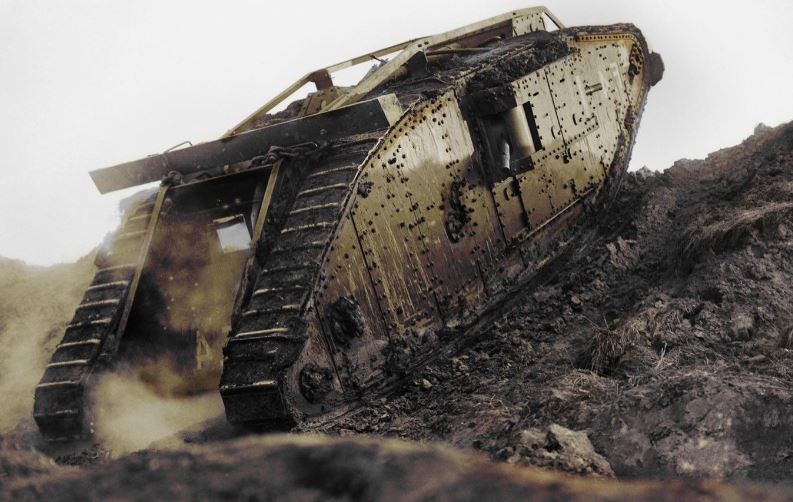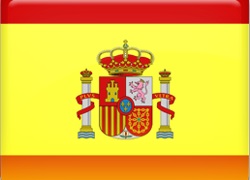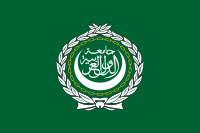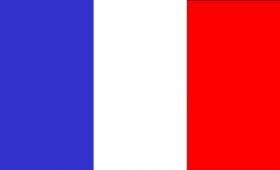The Questions Come As Advancements In Guided Missiles And Drones Mean That Tanks Have Become Little More Than Rolling Coffins
Are Tanks Obsolete?


As the war in Ukraine continues, seemingly with no end in sight.
Both
sides have been using Soviet-Era tanks in order to push against one
another, with mixed results.
During
the war so far Russia have lost 1,500 tanks, whilst Ukraine has lost
just over 200.
Many
of the losses have been credited to the use of Stinger Missile
Launchers (SMLs), Rocket Propelled Grenades (RPGs), and drone
strikes.
This
begs the question: Is tank/armoured warfare obsolete?
The
first tanks entered service during World War I, when the British Army
used the Mark I during the Battle of the Somme in 1916.
Soon
the French and Germans started to make their own tanks.
The
Renault FT was adopted by all powers fighting for The Entente, with
over 3,000 FTs in service by 1918.
Before
1918, the German tank fleet was made up of captured Mark Is, Mark IVs
and FTs.
That
was before the debut of the A7V: Germany's first tank ever built
domestically.
The
first tank battle took place on April 24th 1918 during the
Second Battle of Villers-Bretonneux in the Spring Offensive.
Three
British Mark-IVs and three German A7Vs duked it out in no man's land,
with the battle considered by many historians in the UK and Germany
to have ended in a draw.
Plans
by the French Empire, British Empire, and German Empire to expand
their tank corps faded on November 11th 1918, when the war
to end all wars ended.
It
wasn't until World War II, that large scale tank battles took place
across Europe, North Africa, and Asia.
The
Nazis famously used Panzer IIIs and Panzer IVs to steam roll Belgium,
the Netherlands, France, Poland, Denmark, Norway, and Czechoslovakia
via their Blitzkrieg Doctrine.
In
North Africa, the Afrika Korps and British Eight Army played a game
of chess spanning from British Egypt to French Morocco, leaving burnt
out husks of tanks, planes, and vehicles across the Sahara Desert.
The
most feared tank used in World War II was the Panzer VI, more
commonly known as the Tiger I.
The
Tiger I came armed to the teeth with 1x 8.8cm KwK 36 L/56 main gun
using 92 AP and HE rounds, 2x MG34s with 7.92 AP rounds (Being
replaced with the MG42 “Buzz Saw” late into the war), and a store
of MP40s and STG44s.
It
had 25-120mm thick armour which deflected normal tank shells like
pellets, and was powered by a Maybach HL230 P45 V12 which made 690
horsepower.
The
Tiger I only had two weaknesses: It's transmission would often gunk
up with mud and snow causing the Tiger to strand itself and the crew,
as well as the lack of mass production.
Between
1942 and 1944, around 1,347 Tiger Is were built before they were
fazed out in favour of the Tiger II dubbed by the allies as the:
“King Tiger”.
Only
489 were ever built before the Soviet Union arrived in Berlin.
During
the Cold War, the US and USSR built tanks for their allies in Asia,
Europe, and Africa.
By
the 1970s, with anti-tank weapons becoming commonplace, many armies
in Europe and Asia downsized their tank fleets.
The
last large scale tank battle took place at the Battle of 73 Easting
on February 26th 1991, during the Gulf War.
Dubbed
the: “Last Great Tank Battle”.
160
Iraqi tanks were destroyed, 180 Iraqi Armoured Personnel Carriers
(APVs) were destroyed, 80 Iraqi artillery trucks were destroyed, and
the Americans only lost a single M2 Bradley.
A
total of 1,000 Iraqi soldiers were killed, compared to the 6
Americans killed during the tank battle.
In
recent years however, the advent of guided anti-tank missiles and
drone warfare has led many militaries to question the viability of
tanks on the modern battlefield.
The
United Kingdom has announced that it will be downsizing it's tank
fleet by 2025, and the US has already sold off most of it's outdated
tanks to allies in Eastern Europe and Israel.
The curator of the Tank Museum at Bovington, David Willey, stated that: “This a question that comes around every time a series of tanks get destroyed in battle, because the tank is often a symbol of military power.
Once one gets destroyed, people jump to it being the end of tanks in modern warfare”.

 বাংলা
বাংলা  Spanish
Spanish  Arabic
Arabic  French
French  Chinese
Chinese 
